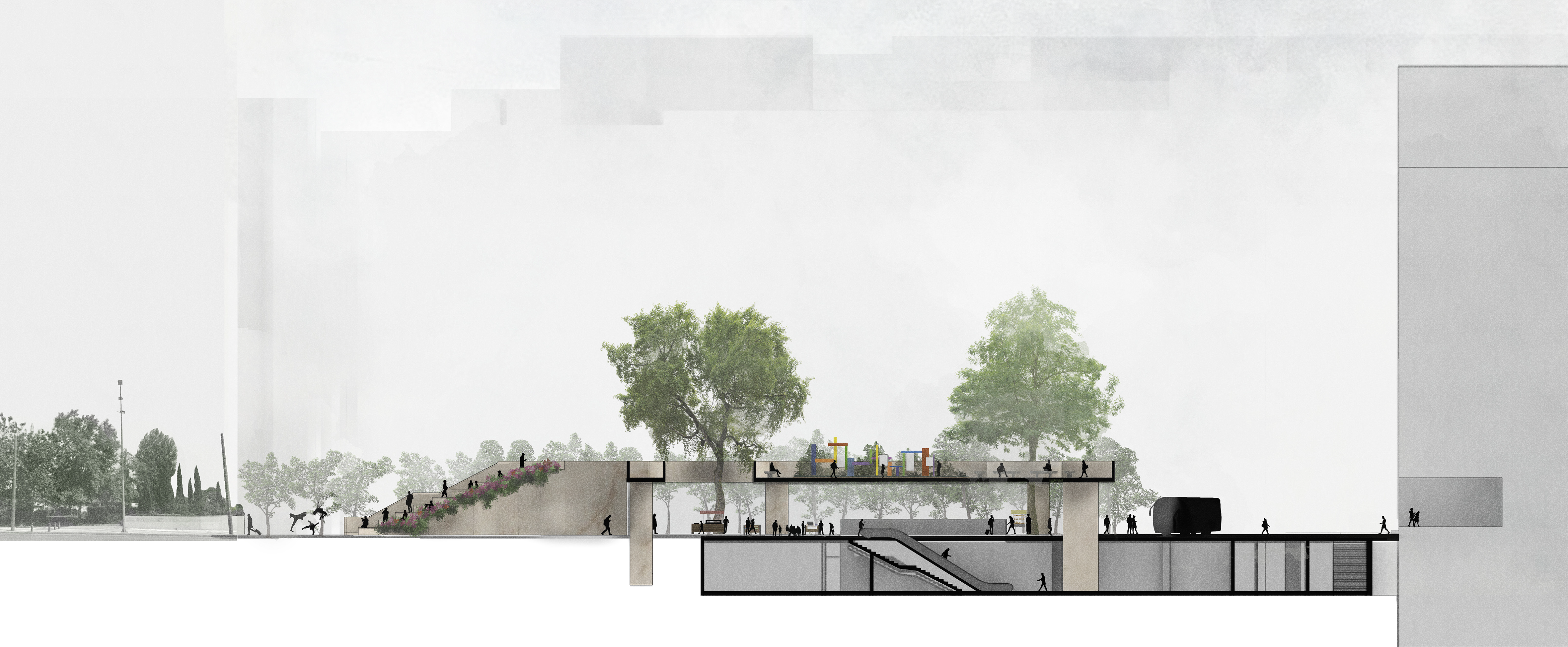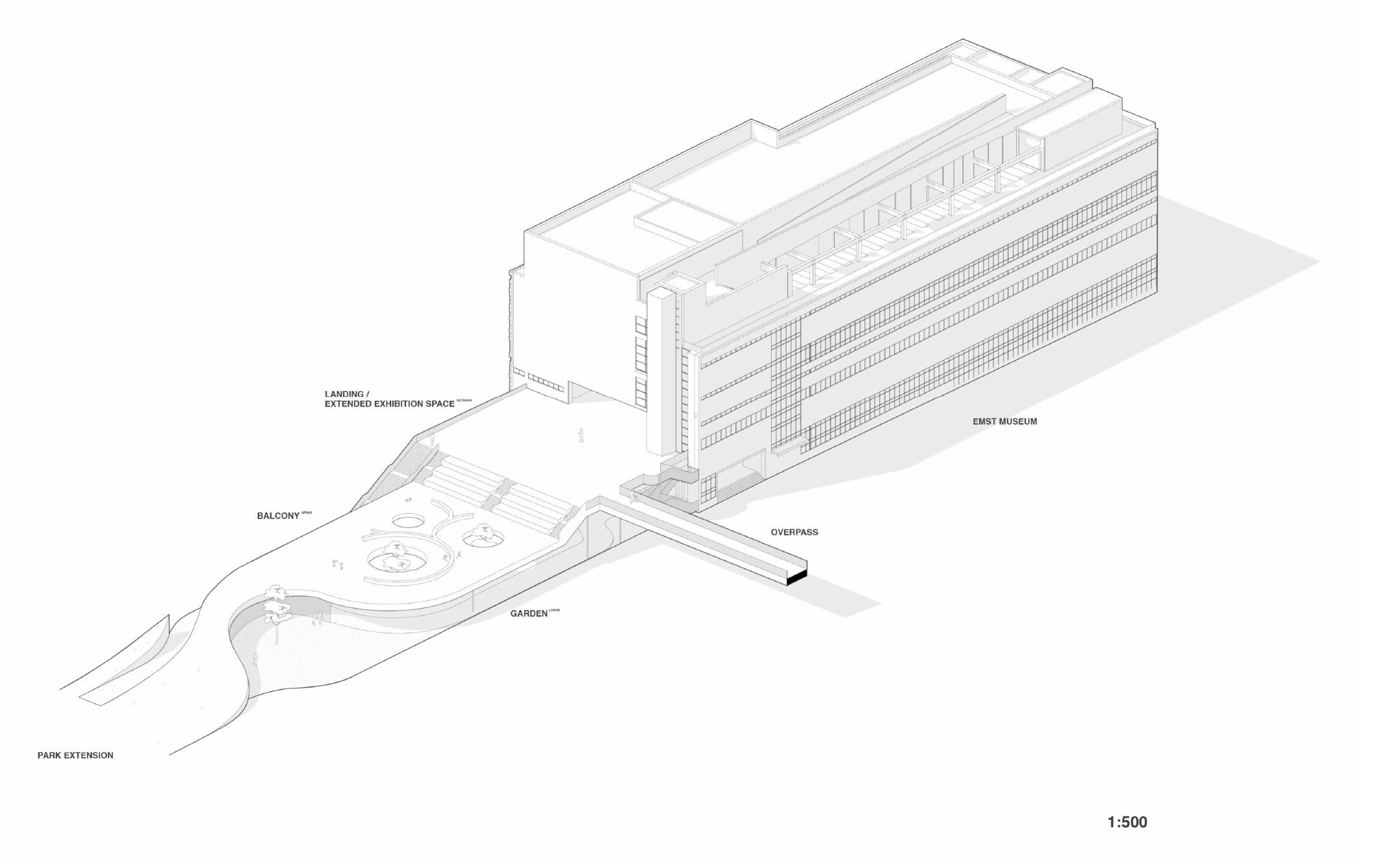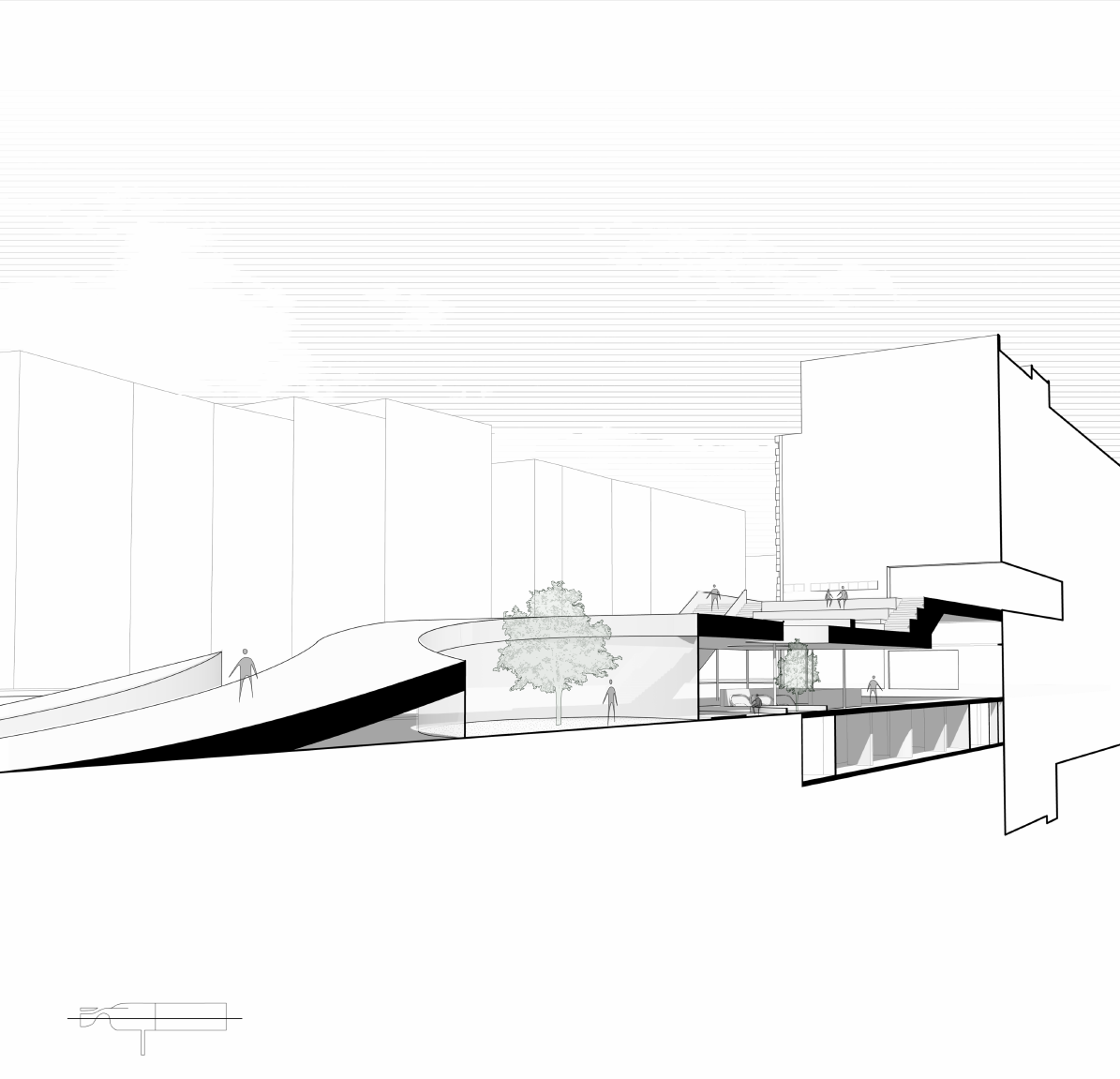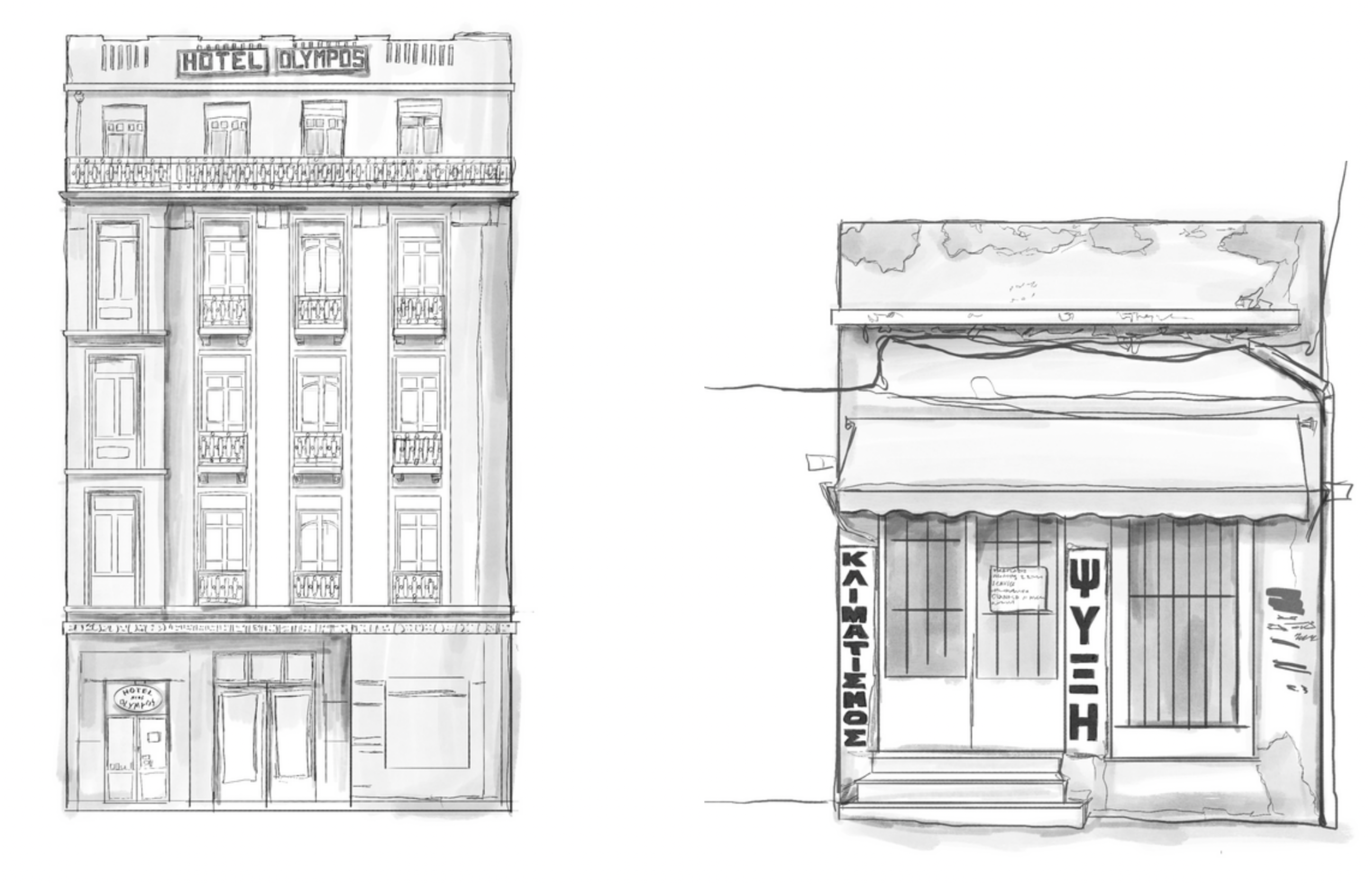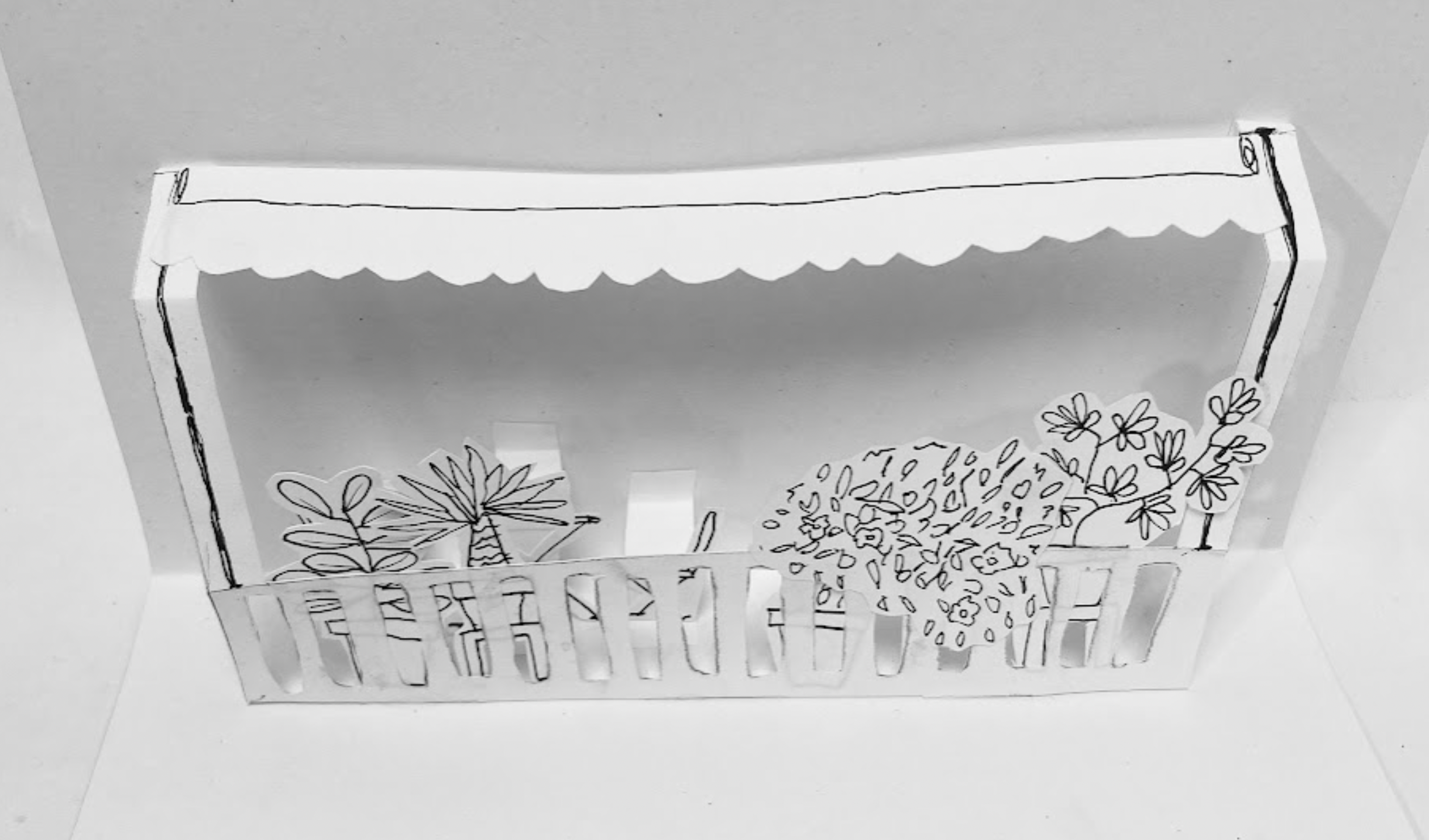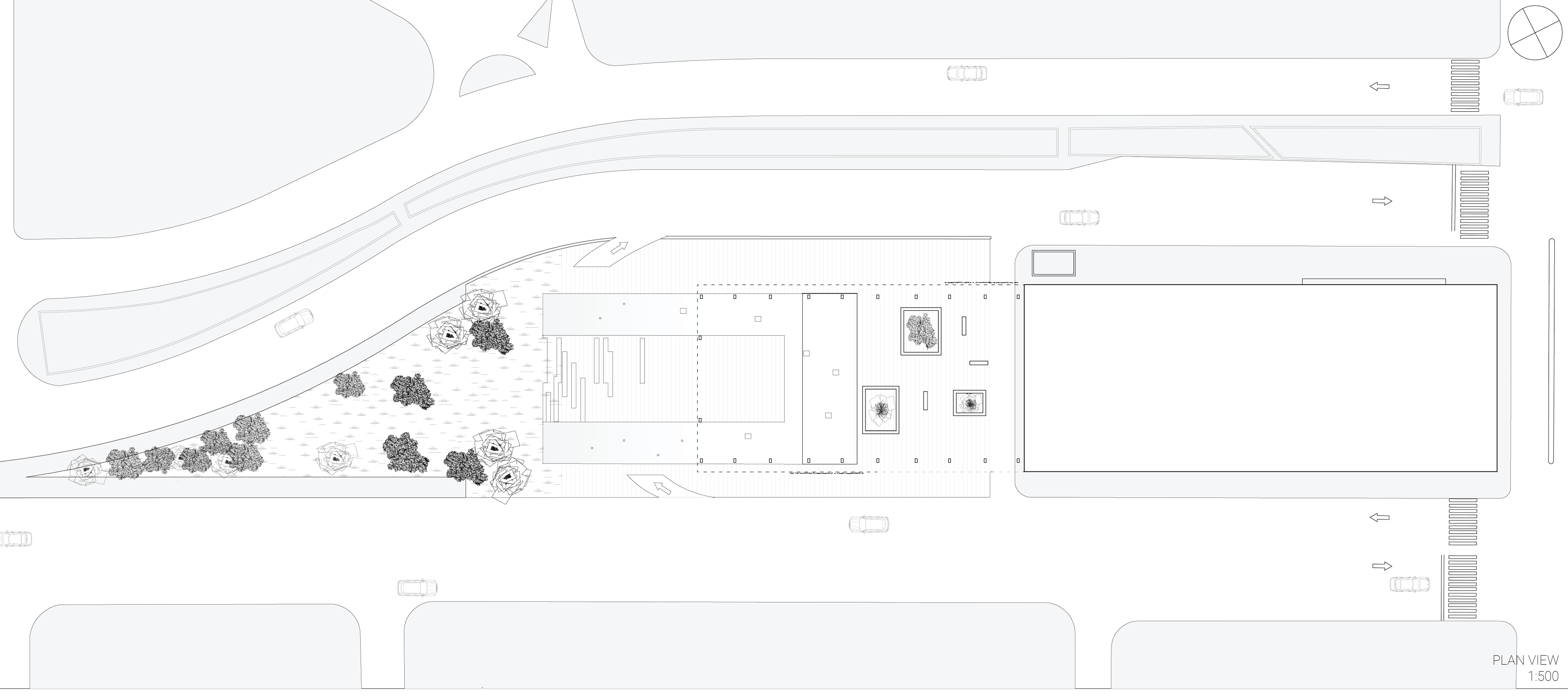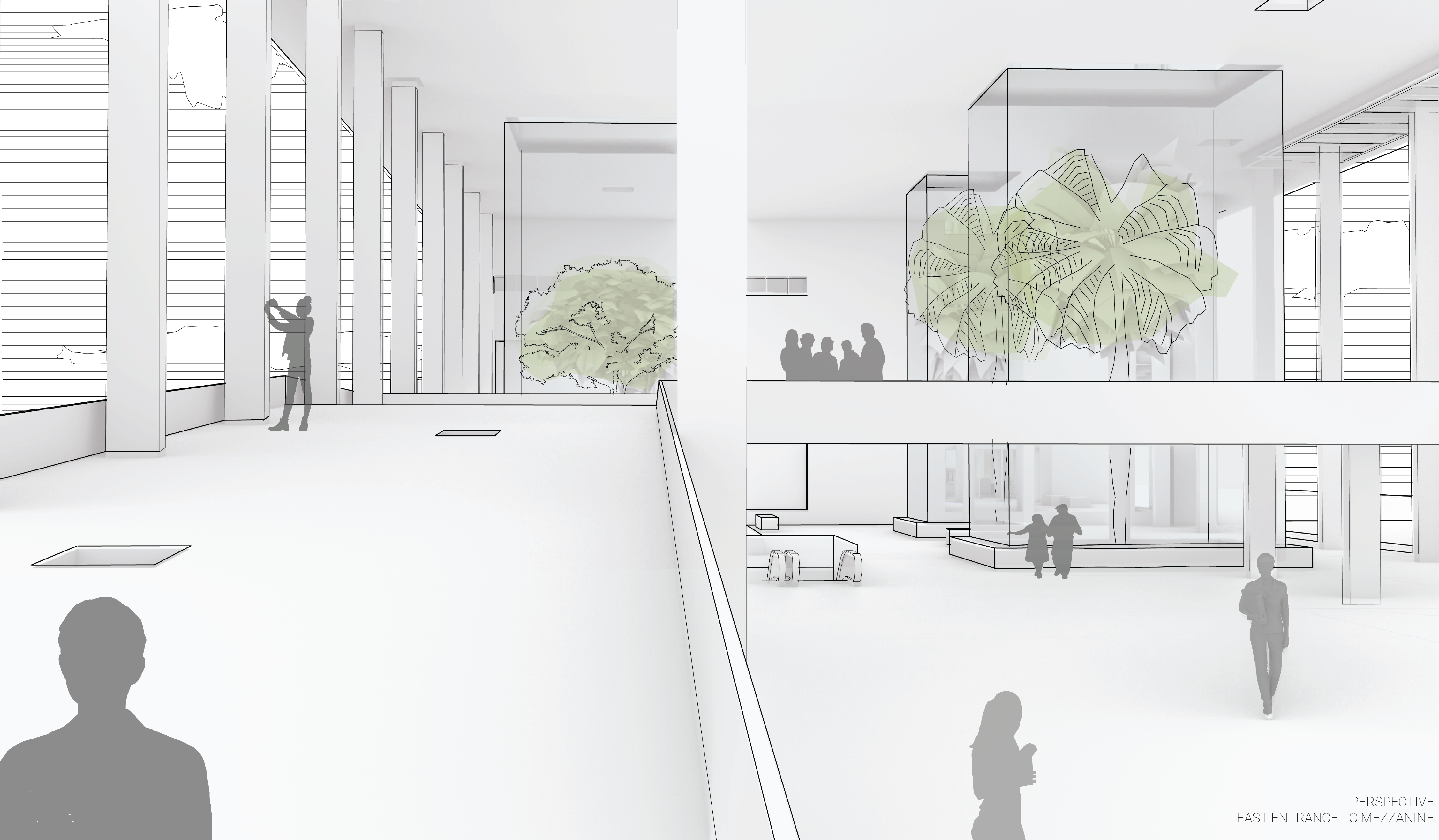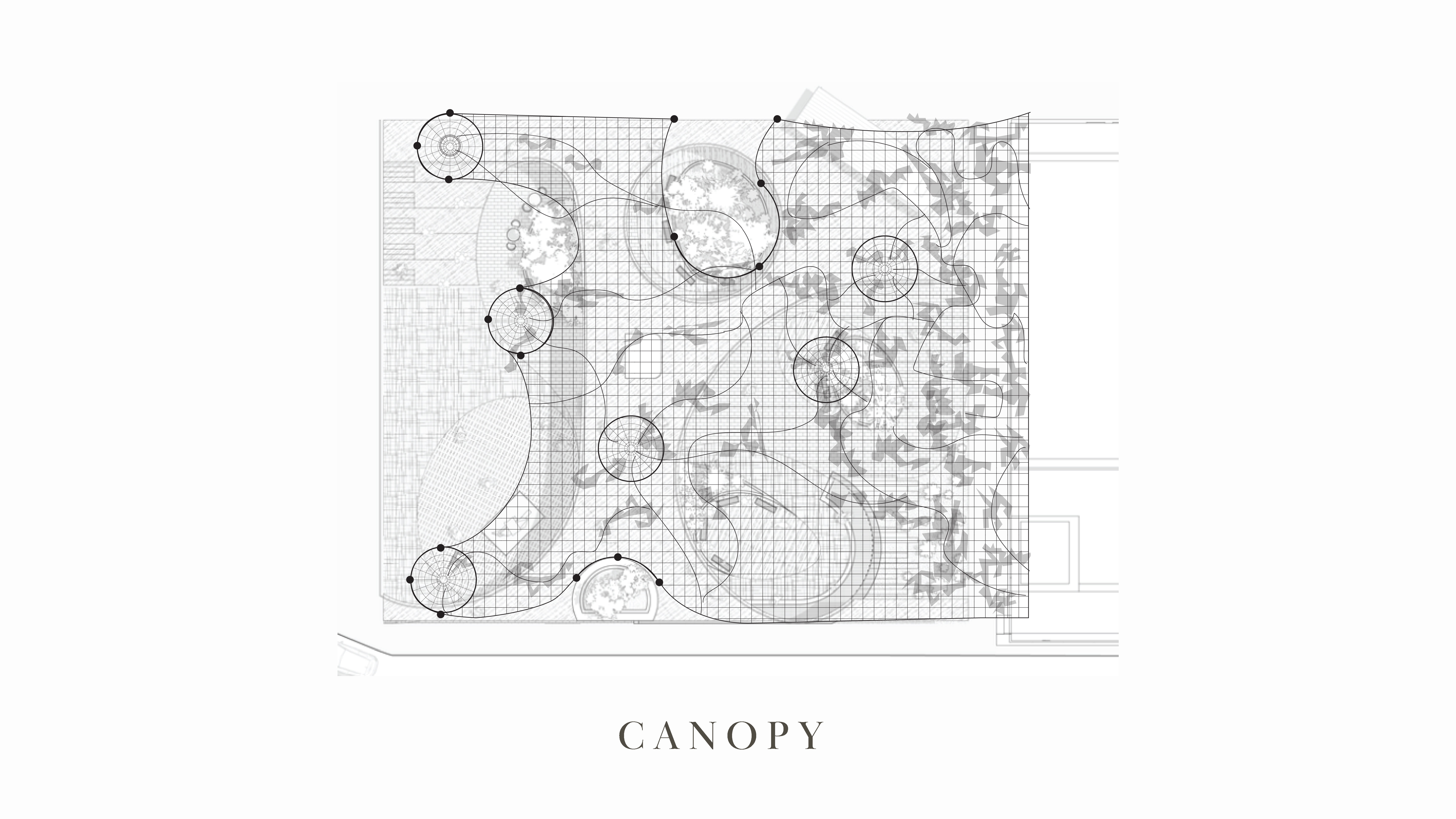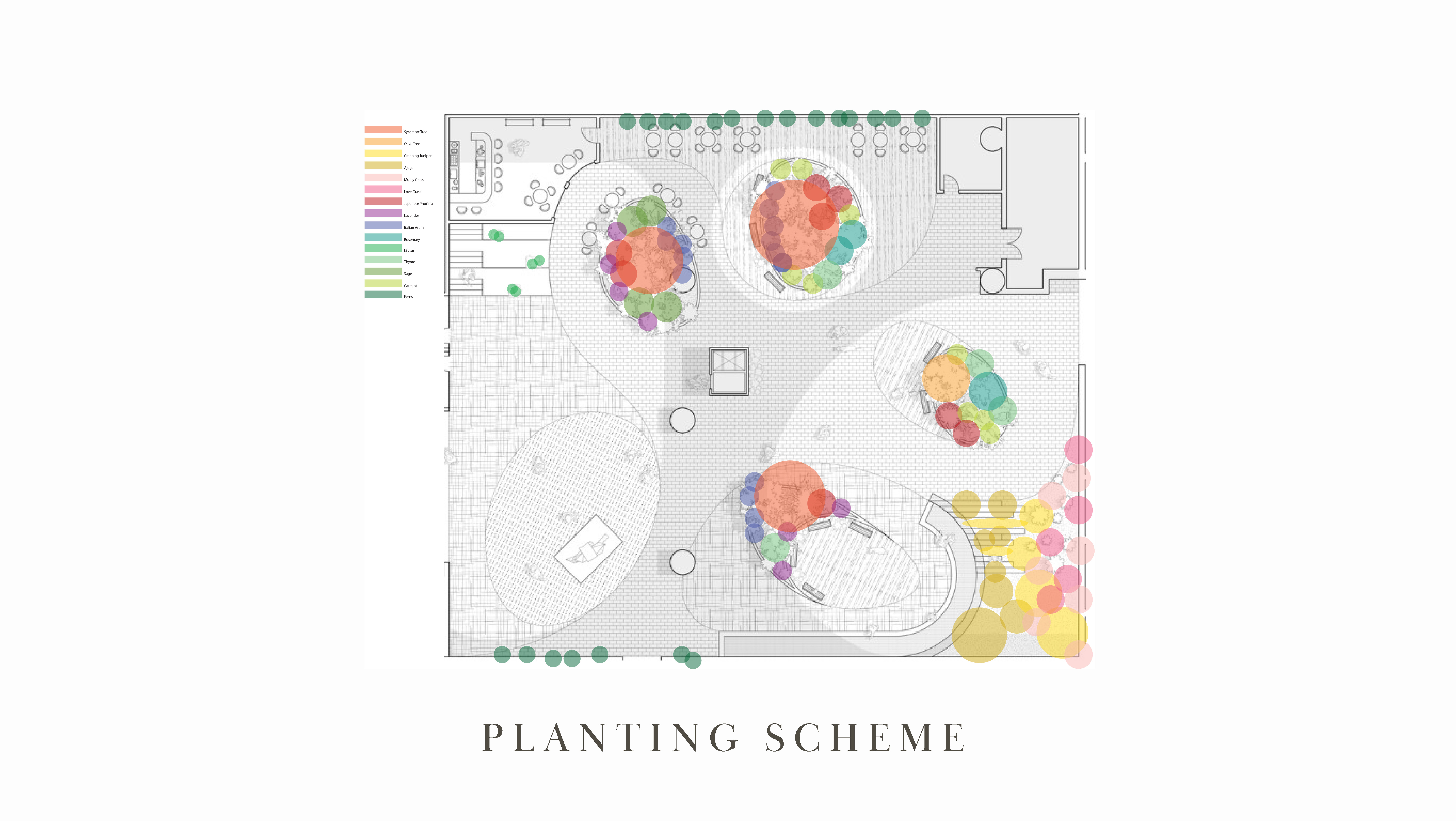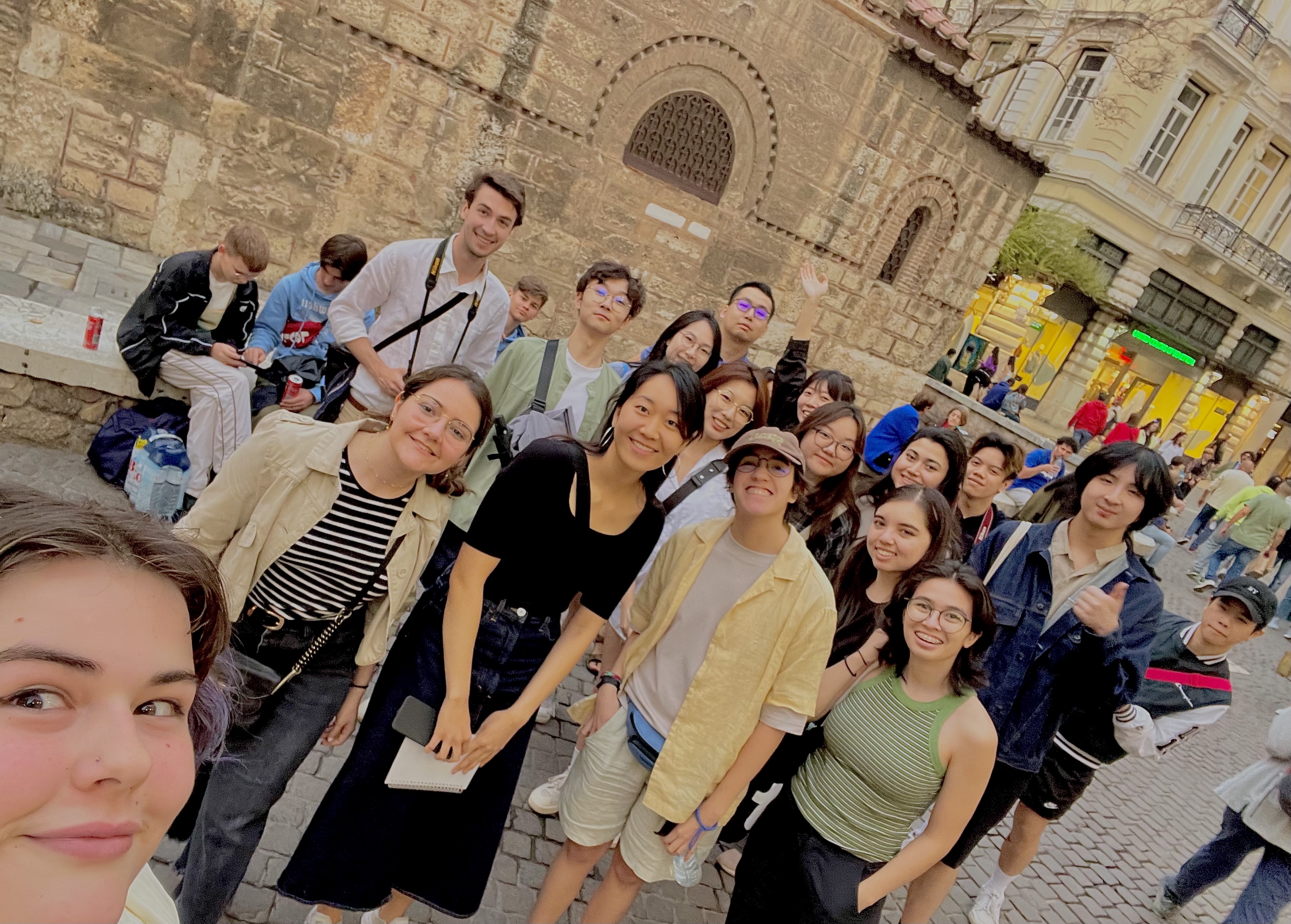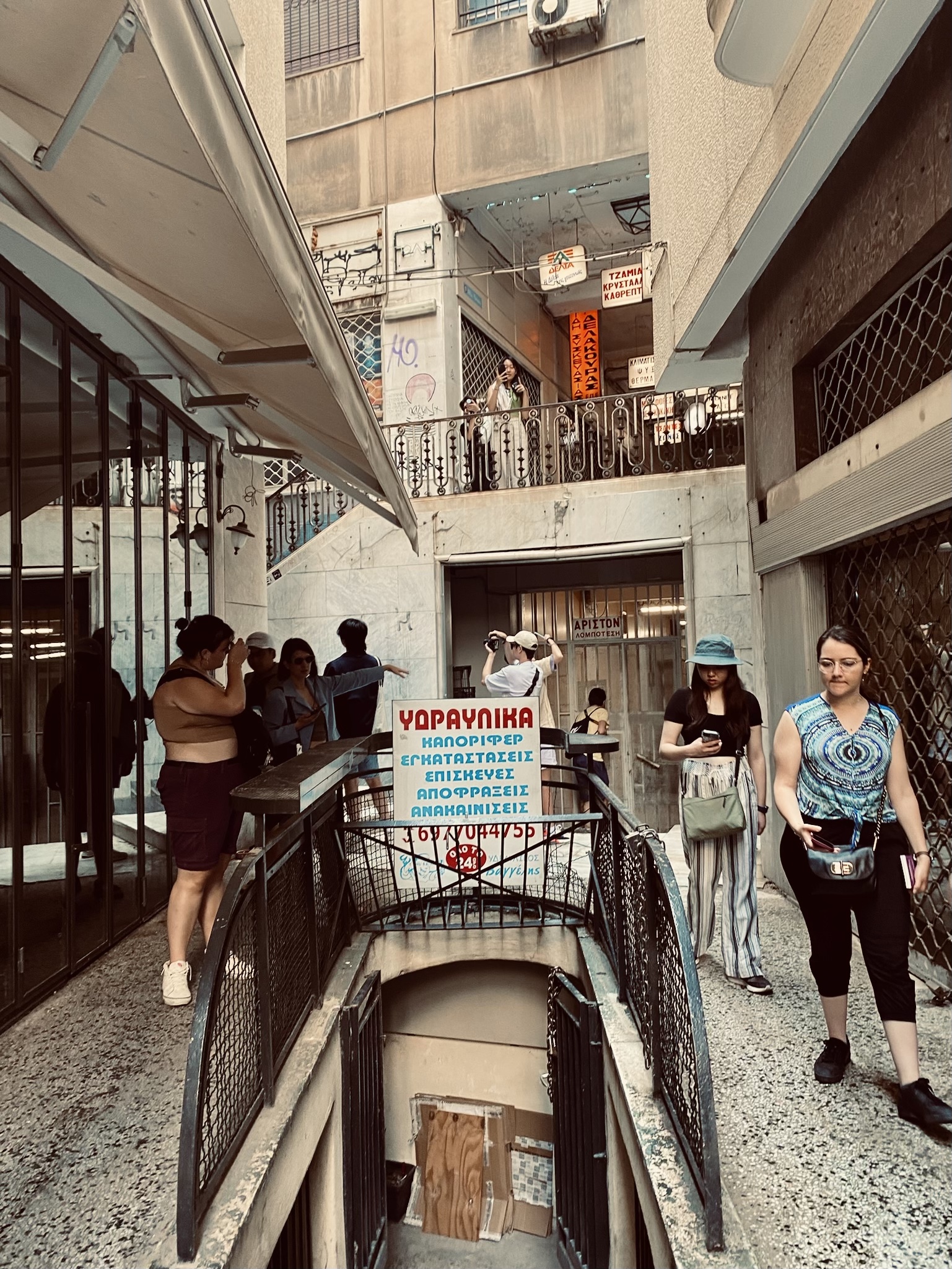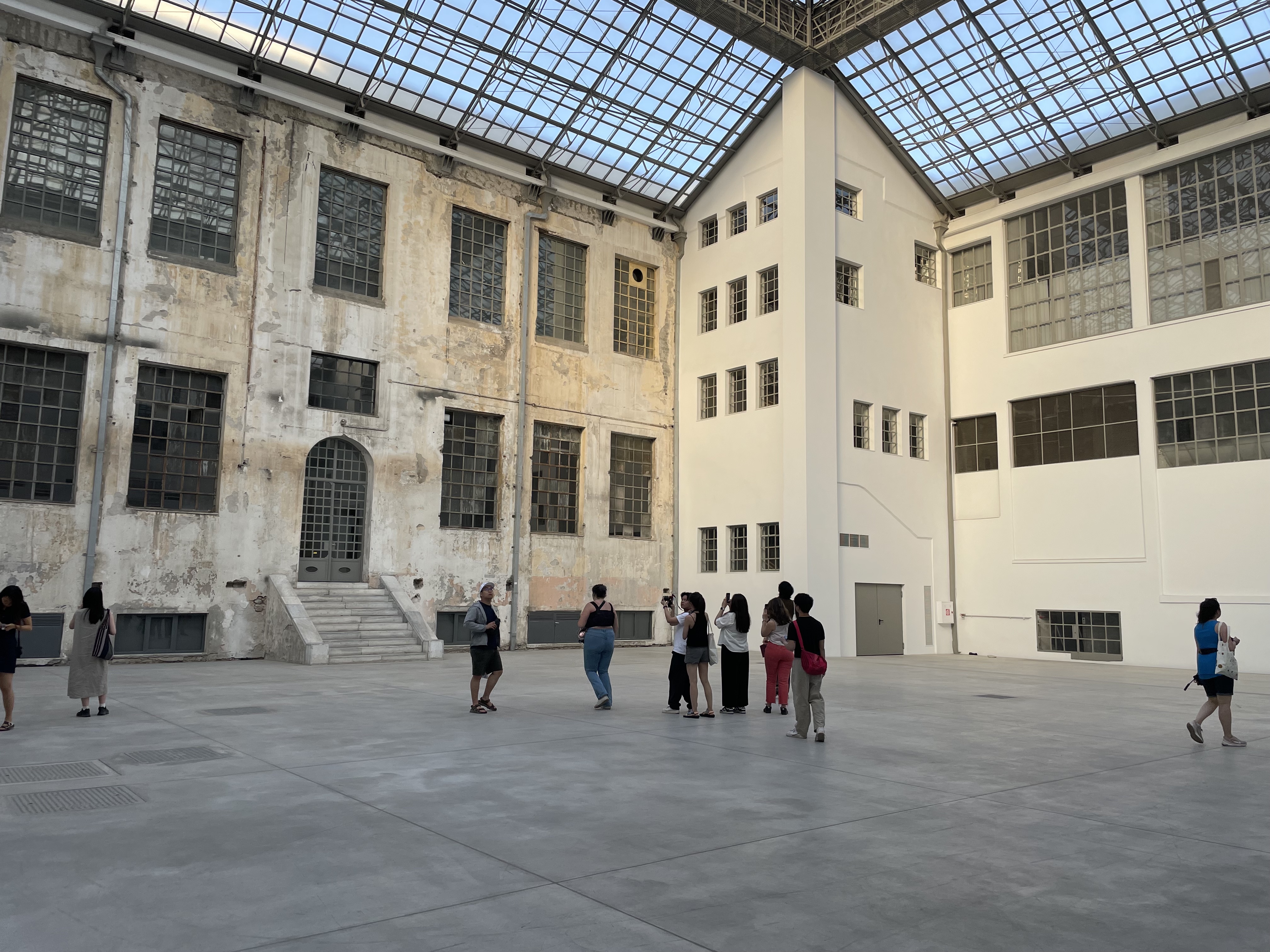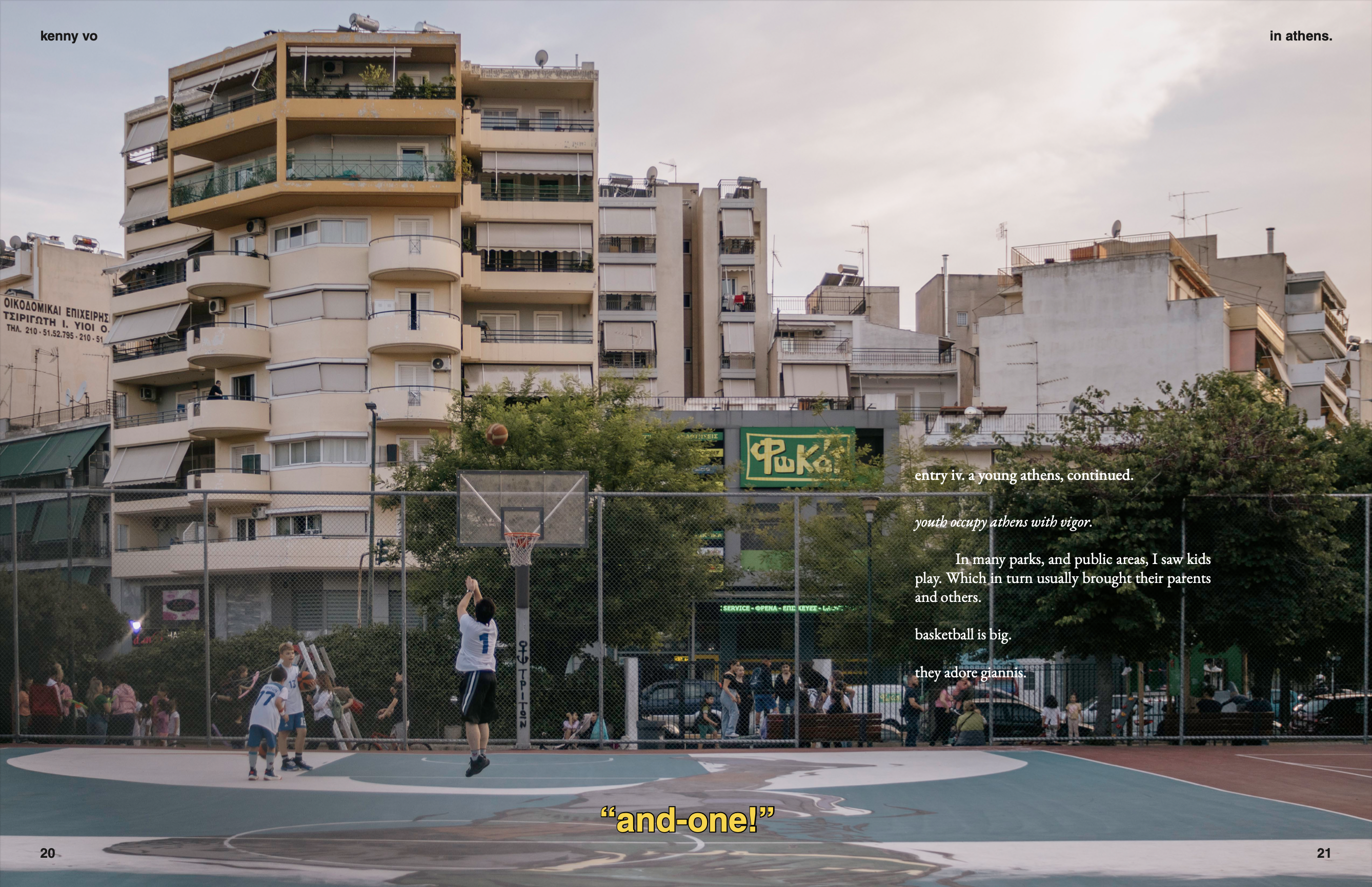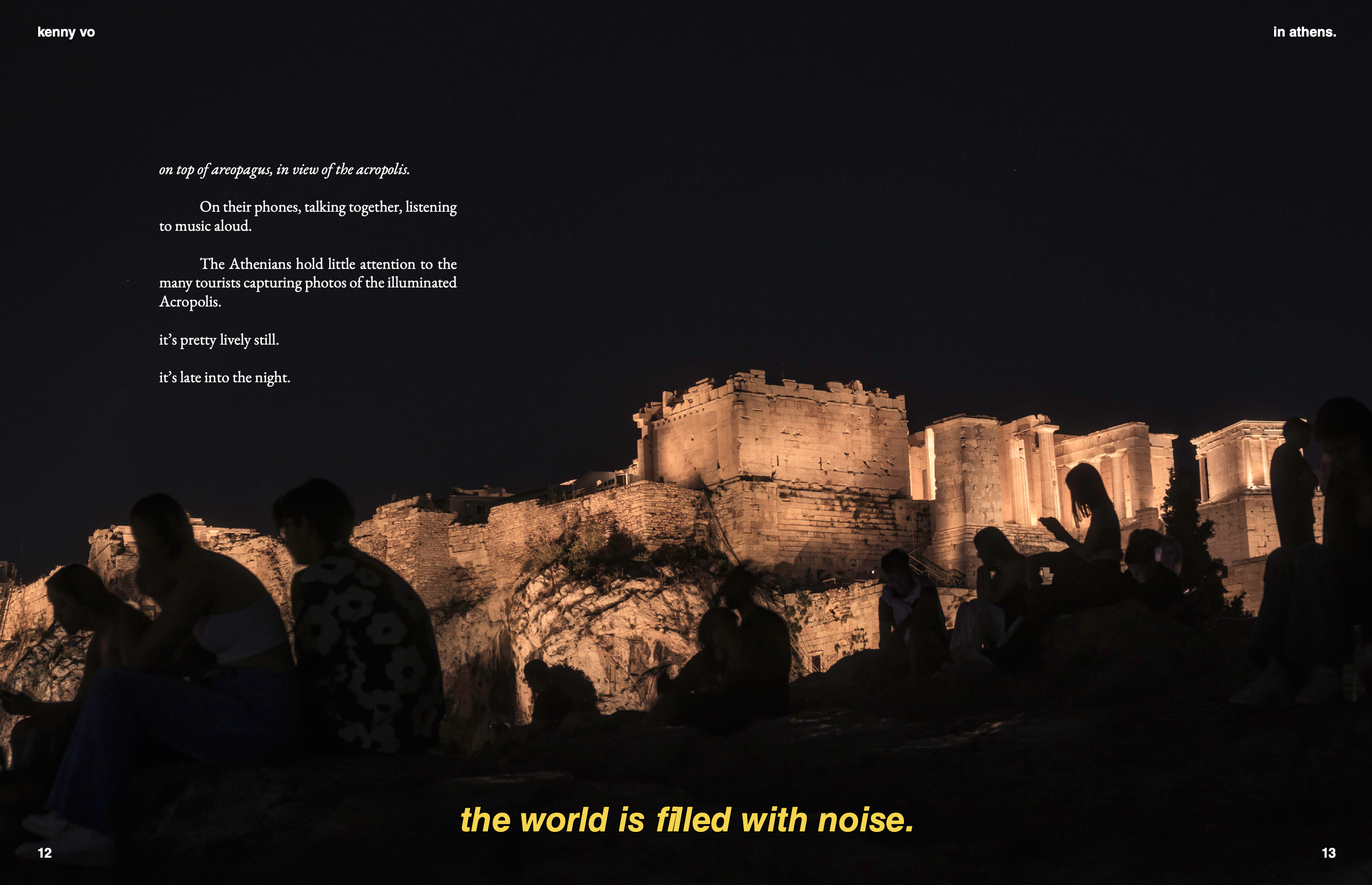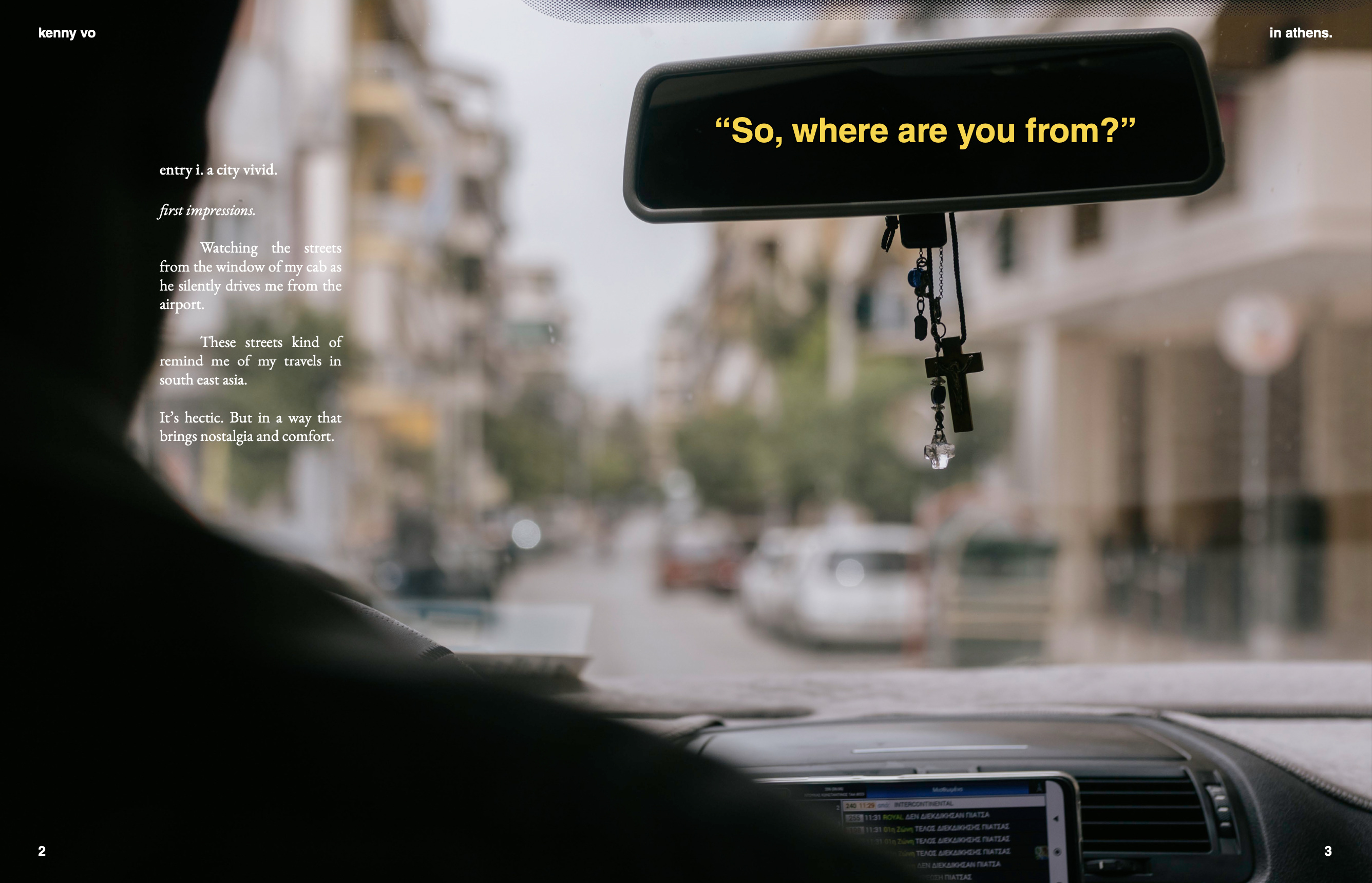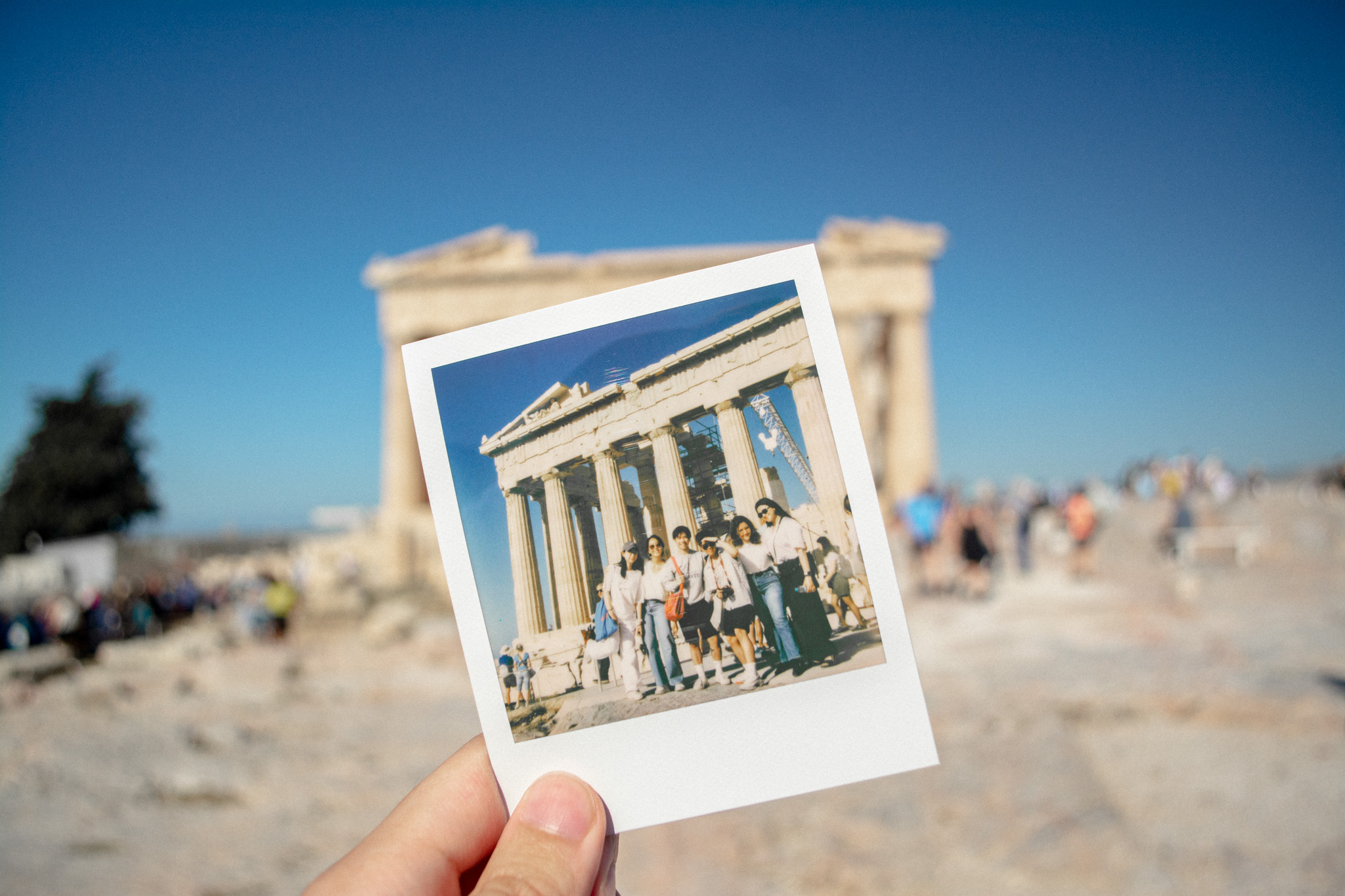
20.11.23 - Studies Abroad: Athens as a living laboratory
This past summer 14 undergraduate and three graduate students led by Assistant Professor Petros Babasikas investigated Athens as a living laboratory of urban change—testing contemporary theories of urbanism against different sites and itineraries.
In constant transformation since its foundation as the capital of modern Greece in 1834, “the urban fabric, landscape and publics of Athens have been an unpredictable, diverse and complex laboratory of change,” says Babasikas.
The course considered a genealogy of architectural projects against the ancient building typologies, walkscapes and water networks of Athens today. Over three weeks, students explored, documented and navigated the city via a series of seven routes or “walking seminars” that focused on specific Athenian commons—squares, gardens, walkways, buildings, monuments, waterscapes and ancient sites—to produce a set of composite drawings and images curated in a travel log.
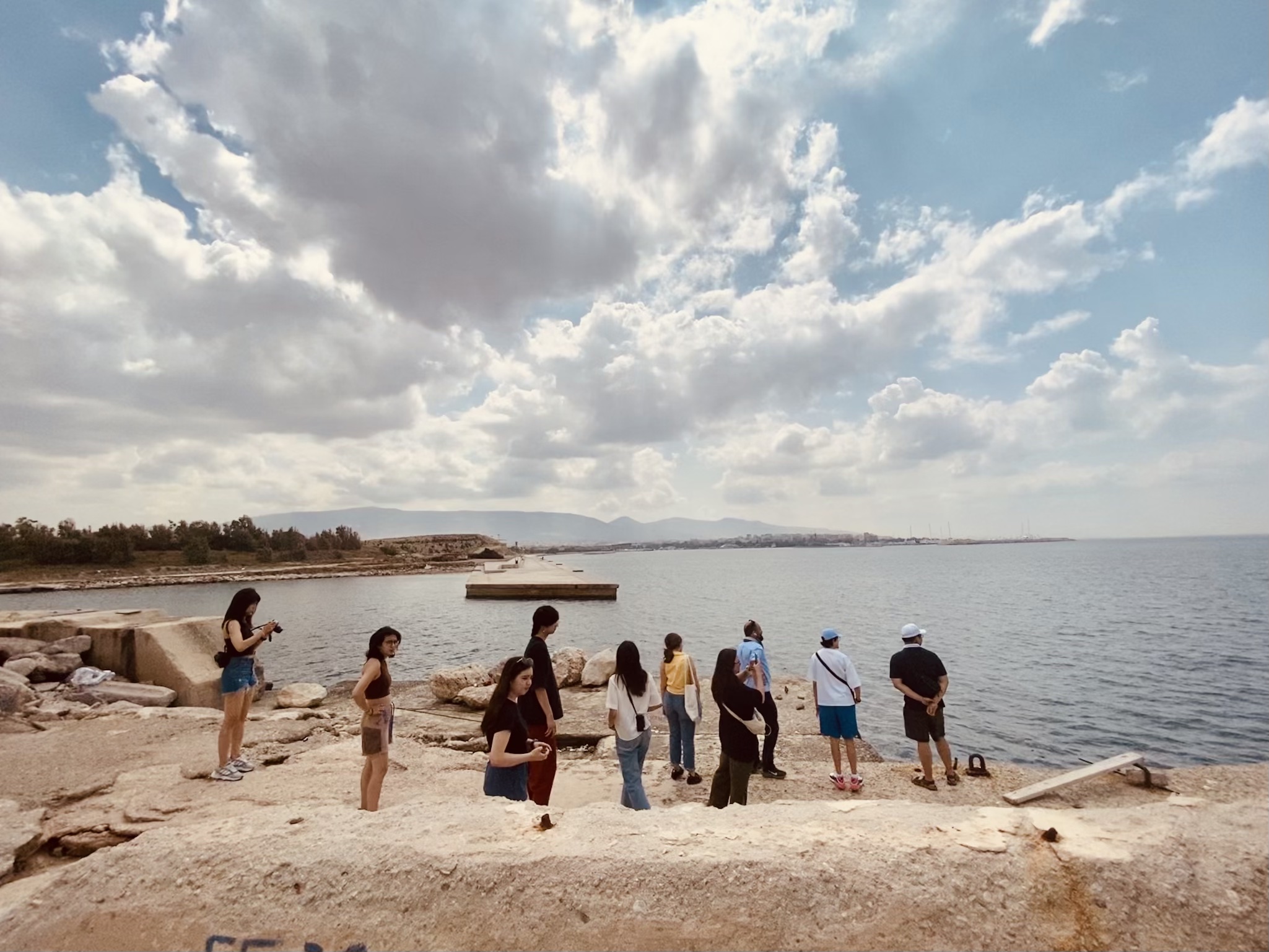
“Exploring public space, learning through observation and walking, became the essence of the experience,” says Haseena Doost, a fourth-year student in architectural studies, who participated in the studio abroad.
The walking seminars immersed the students in Athenian history and modern life. The itinerary included:
- Walk 01: Core, Erasures, Bricollage - moving through Neoclassical, Ottoman and Byzantine Athenian monuments and ruins in the Historic Center discussing histories that have been erased.
- Walk 02: Walkscapes + Ideology - ascending from Kerameikos' archaeological excavation to the public parks and hills of Areopagos, Filoppappou, and the Muses, documenting a unique landscape reconstruction of routes, walls, gates, canopies, floorscapes and rocks.
- Walk 03: Seven Versions of a Monument - discussing the different lives of the Acropolis, looking at the tectonics of three catastrophes, two reconstructions, a mythic path and one forgotten landfill.
- Walk 04: Domino Urbanism - crossing the urban density, publics and migrant community spaces of Patisia and Kypseli within the Polykatoikia's incremental, flexible, mixed-use typology.
- Walk 05: Civics, Basements, Arcades - cutting across the urban blocks of post-war Athens, through ground and basement, commercial passageways, hidden among the city's public landmarks.
- Walk 06: Drosscapes, Pickup Ball, and Plato - wandering across the streets, post-industrial infrastructures and neighborhood politics of the Olive Grove, Kolonos, Sepolia, and Plato's Academy.
- Walk 07: Waterscapes and the Non-Coast - following natural and channeled Athenian riverbeds, buried streams, and sewers ending on three expansive, coastal public spaces-under-transformation, revealing political, ecological, and climate emergencies.
“This immersive approach allowed us to directly observe and understand the intricate layers of Athens' urban fabric—both its physical structures and the intangible aspects that have continually shaped the city's evolution,” says Kenny Vo, a third-year student in architectural studies, for whom the trip marked a first visit to Europe.
“Through our studies, it became apparent that Athens serves as a representative case study for many other contemporary cities as well. By closely examining these elements, we gathered insights that were crucial for our travel documentation, focusing on specific facets of Athens' public spaces,” he says.
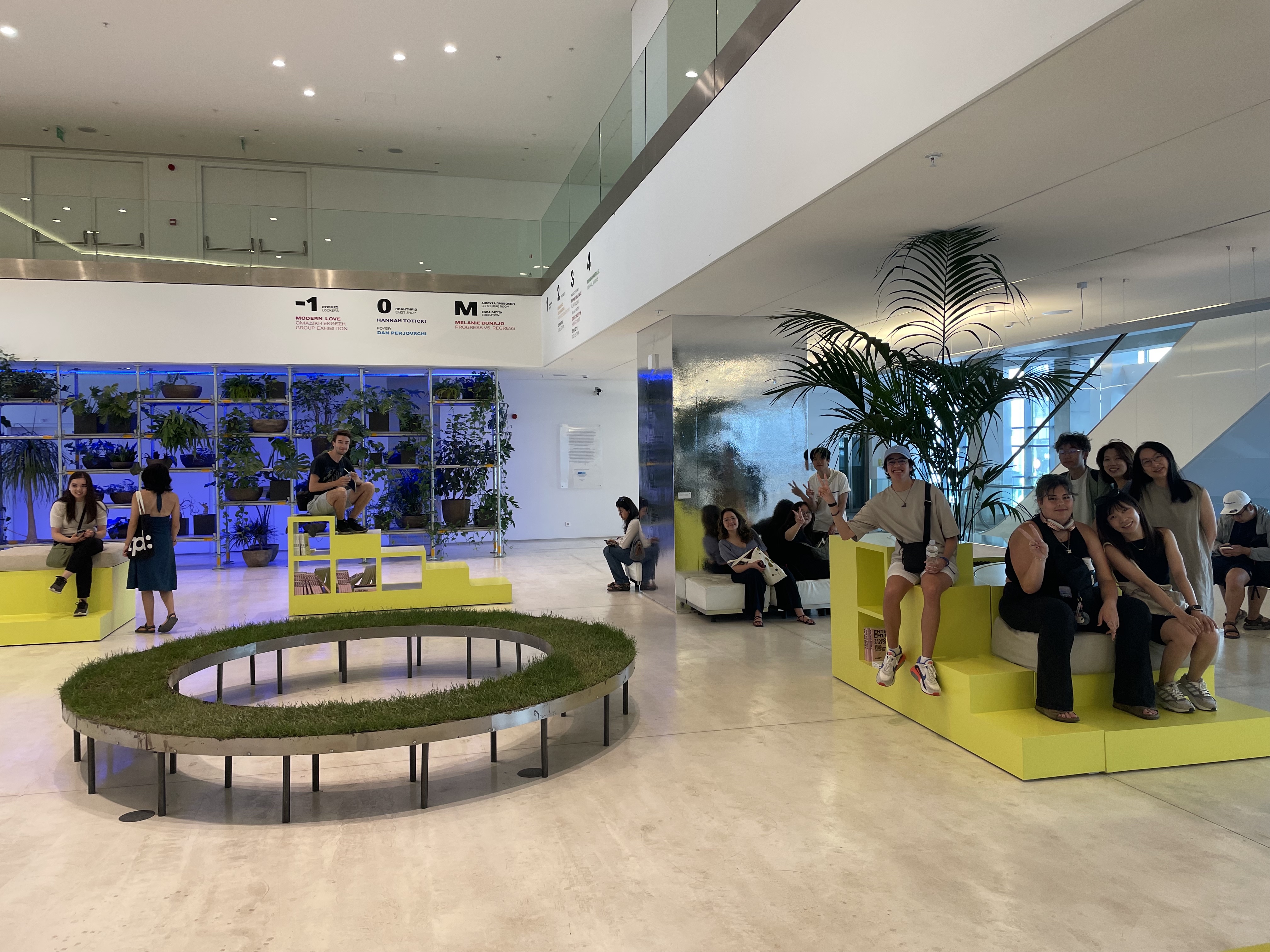
The X-Athenas: Public Space Stories in Contemporary Athens course, workshops and presentations were hosted by the National Museum of Contemporary Art in Athens (EMST).
Following their on-site documentation, the students formed groups and focused on a single, dormant Athenian public space advised by interdisciplinary experts, including EMST curators. The group projects took the form of a one-week design charette where students produced design proposals for the reconstruction of a public space to the north of the museum, “transforming it into a public garden and civic extension of the building toward the center of Athens,” says Babasikas.
“Something that surprised me about the course was how much I enjoyed working in a group on a design project,” says Grace McKibbon, a fourth-year student in architectural studies. “I found that because we all had different study focuses for our travel logs, we had different approaches to designing our public space project. I thought that the ability to bounce ideas off of each other and build off of our different perspectives led to a richer final product.”
McKibbon and Doost, along with their fellow group members William Li and Sherry Zhu, identified an unused underground space that could be revitalized for public use. Their proposal aimed to uncover this space, creating a direct entrance to the museum with a bridge connecting it via stairs and an elevator. The envisioned urban park included a café and performance area, as well as a waterfall to mitigate noise from a busy intersection nearby.
“My research concentrated on the memory of water in Athens, emphasizing its significance. Our design incorporated a waterfall flowing into a splash pad, symbolically connecting to the Illisos River beneath the EMST museum,” says Doost. “Despite Athens' distance from the coastline, water, facilitated by hydro infrastructure, remains a vital part of its history and contemporary challenges.”
McKibbon's travel logs focused on how plans can create spaces in an urban environment, and she brought that approach to the design: “I found it really interesting to study plants in a different growing region than Toronto and how the types of plants that can grow in Athens affect how public space is used," she says. "In our site specifically, one of the features was a canopy that spanned most of the park with vines growing on top of it to provide shade, which is something that we saw on one of our walks through Dimitris Pikionis’ paths around the Acropolis.”
Other teams in the design charette envisioned the creation of large-scale canopies from the main volume of the museum—these structures extended the space of the museum to the north with outdoor cultural and play spaces accessible by the public. Students also designed covered areas accessing the nearby subway station and underground parking facilities and created direct connections with a public park. (See a selection of project images above.)
Vo’s final project (seen below) took a different approach and centered on capturing the essence of everyday life in Athens, primarily using film photography.
“The project represented a collection of memories from my brief time in the city, viewed from the perspective of a traveler seeking to understand the concept of familiarity in a foreign place,” Vo says.
“What initially seemed transient and fleeting revealed itself to be shared, cyclic experiences of everyday life. This exercise allowed me to gain deeper insights into the lives of ordinary people, set against the backdrop of Athens' coexisting spaces,” he says. “It was an exploration of the city's layered history, capturing moments that ranged from the intense and mundane to the informal and intimate.”
While their experiences abroad and approach to the final project differed, Doost, McKibbon and Vo all agree that the trip is a highlight of their time at Daniels—and continues to have an impact on how they view public space today.
“Being able to see all of the layers of the city, whether it be seeing a portion of the Athens city walls in the basement of a building or visiting a Byzantine chapel built from remnants of classical buildings, was what made the course the most engaging, and really displayed how it is a city that has a lot of history but is constantly moving forward and changing,” says McKibbon.
“X-Athenas was unforgettable,” Vo adds. “Although it lasted only three weeks, it felt like a lifetime of experiences packed into a brief period.”
The Summer Studio Abroad in Athens, Greece was one of four global studios offered by the Daniels Faculty in 2023. Other courses included studies in Kumasi, Ghana; Berlin, Germany; and Fez, Morocco. A domestic studio also took place on Fogo Island, Newfoundland and Labrador.
Image credits: 1) Banner image - Young-Mi Kim; 2-3) Petros Babasikas; 4-10) Slideshow of X-Athenas student work; 11) Group photo - Sofia Frick; 12-13) Petros Babasikas; 14-16) final project by Kenny Vo.


